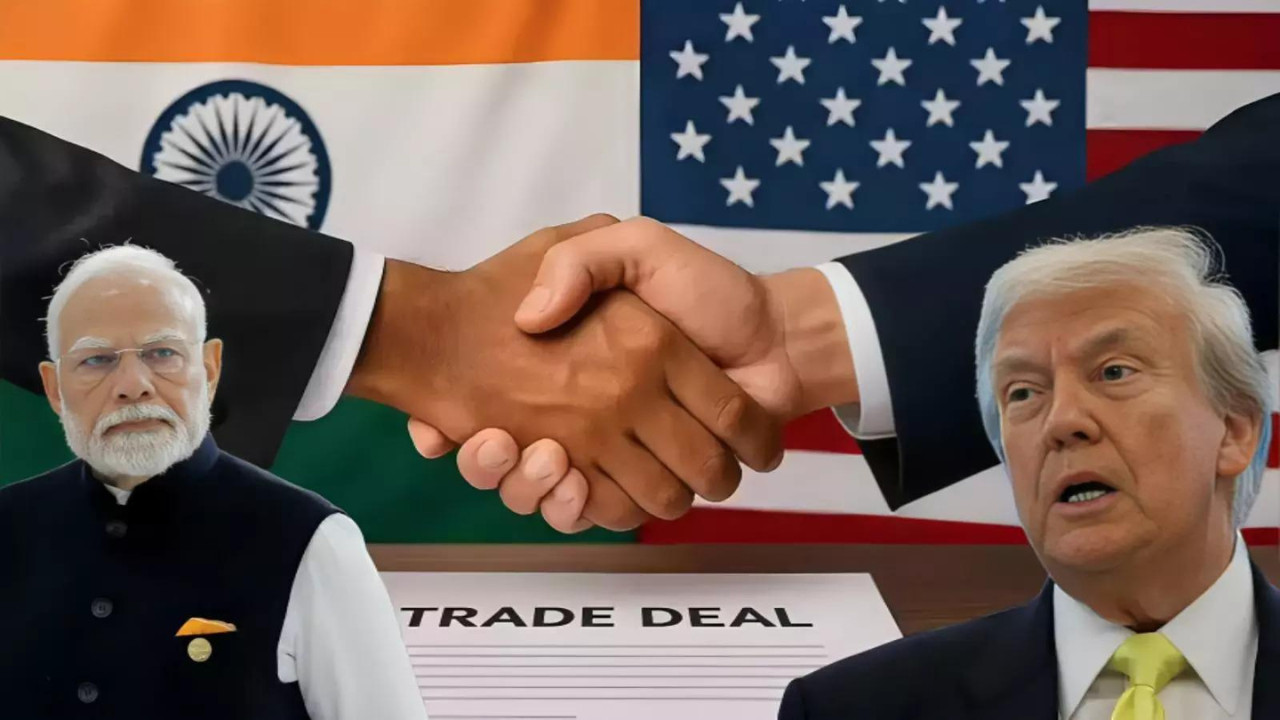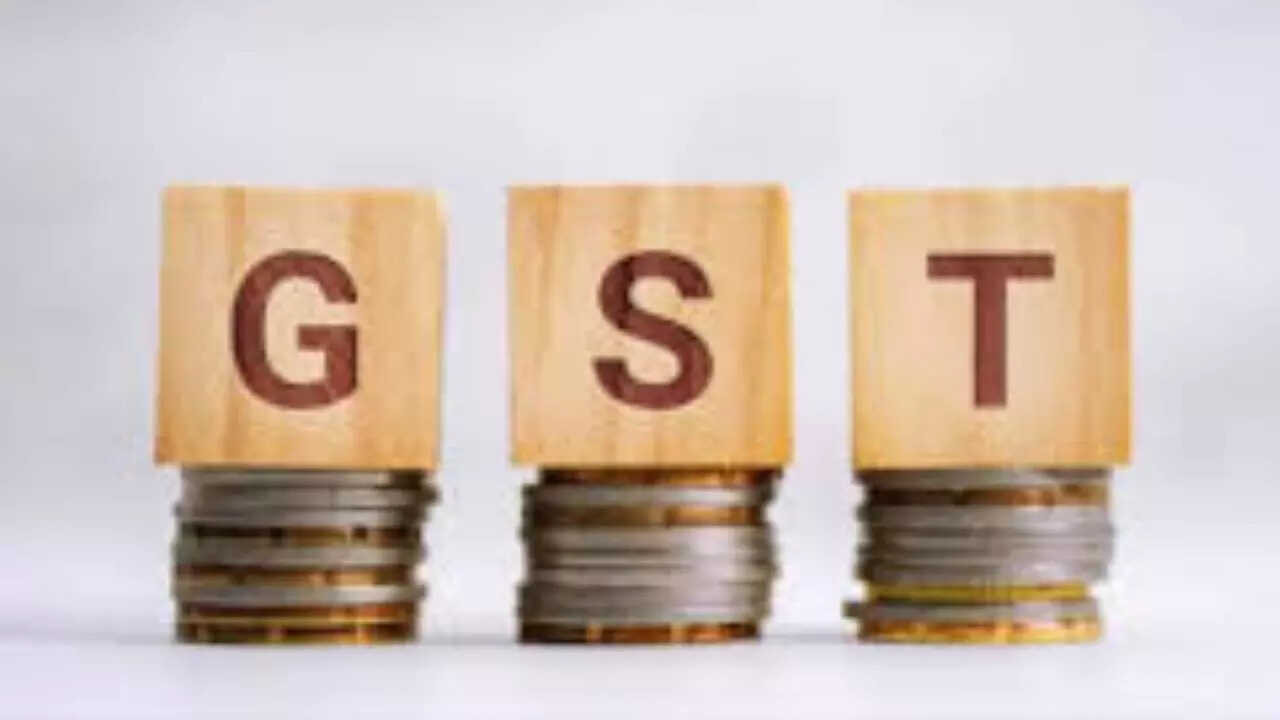India aims to finalize the initial phase of its Bilateral Trade Agreement with the US by year-end, with commerce secretary Rajesh Agarwal expressing optimism despite global trade shifts. Negotiations have advanced significantly, though last-minute hurdles remain a possibility. Discussions are also progressing on an immediate Framework Trade Deal to address US tariffs on Indian goods.
India and the US: A Trade Tango Nears Completion?
The air crackles with anticipation. After months of careful negotiations, India and the United States appear to be on the cusp of finalizing the first phase of a significant trade agreement. Optimism is brewing in Delhi, where officials are hopeful that the deal can be sealed before the year closes, potentially unlocking a new era of economic cooperation between the two giants.
But what makes this potential agreement so significant, and what hurdles remain before we can uncork the champagne?
The Promise of Enhanced Trade Relations
For years, the trade relationship between India and the US has been a complex dance. While both nations recognize the immense potential, navigating differing priorities and trade barriers has proven challenging. This initial trade package aims to address some of these sticking points, paving the way for a deeper, more comprehensive agreement down the road.
The focus is expected to be on easing market access for certain Indian products into the US, potentially including specific agricultural goods and manufactured items. Reciprocally, the US is likely seeking reduced tariffs and greater market access for its goods and services in India. The specifics, naturally, are closely guarded secrets until the ink is dry, but whispers suggest a balanced approach designed to benefit both economies.

India sees this deal as a critical step in bolstering its export-oriented industries and attracting foreign investment. A smoother trade flow with the US, one of the world’s largest consumer markets, could provide a significant boost to sectors like pharmaceuticals, textiles, and engineering goods. It also signifies India’s growing importance on the global stage, solidifying its position as a key player in international trade.
Navigating the Final Stretch in India US Trade Deal
Despite the prevailing optimism, challenges remain. Trade negotiations are rarely straightforward, and bridging the gap between differing viewpoints requires careful diplomacy and a willingness to compromise. Officials from both sides are currently engaged in intense discussions, working diligently to find that “right landing zone” – a point where both nations feel they are receiving a fair and equitable deal.
One potential hurdle lies in addressing specific concerns raised by the US regarding intellectual property rights and data localization policies in India. Simultaneously, India is likely pushing for greater access for its skilled professionals to the US market, a long-standing point of contention. Finding common ground on these sensitive issues will be crucial to finalizing the agreement.
The political landscape in both countries also adds a layer of complexity. With elections on the horizon in the US, there’s a sense of urgency to finalize the deal before the political winds shift. Similarly, India is keen to showcase its economic progress and ability to secure favorable trade agreements with major global powers. This urgency, however, should not come at the expense of a well-balanced and mutually beneficial agreement.
A Stepping Stone to Broader Collaboration
Even if this initial trade deal is successfully concluded, it’s important to remember that it represents just the first step in a longer journey. The ultimate goal is to establish a comprehensive trade agreement that addresses a wider range of issues and unlocks the full potential of the India-US economic partnership.
Such an agreement could encompass areas like digital trade, investment flows, and regulatory cooperation, fostering even stronger ties between the two nations. It would also provide a more predictable and transparent framework for businesses, encouraging greater investment and innovation. This would benefit the growth for both the countries involved.
For related insights, explore our analysis of [India’s evolving role in global supply chains](internal-link).
Looking Ahead: A Win-Win Scenario
The potential India US Trade Deal represents a significant opportunity for both nations. By lowering trade barriers, fostering greater investment, and promoting economic cooperation, the agreement could unlock substantial benefits for businesses and consumers alike. While challenges remain in navigating the final stages of negotiations, the prevailing sense of optimism suggests that a breakthrough is within reach. Achieving this first phase would not only strengthen the economic ties between India and the US, but also set the stage for a deeper and more strategic partnership in the years to come.






